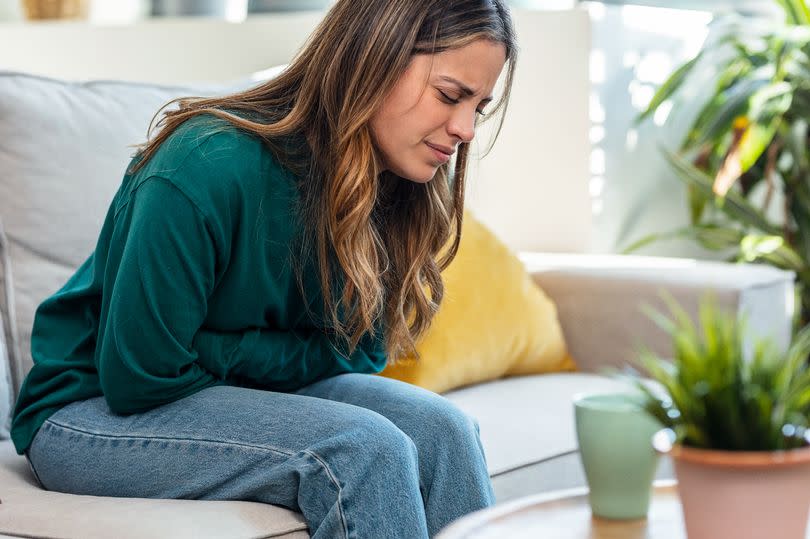Millions of women suffer from 'invisible illness' without realising - signs and symptoms

A staggering number of women worldwide are unknowingly living with a distressing and inconvenient condition. It's crucial to be aware of the warning signs and seek medical advice if you frequently suffer from difficult menstrual cycles or exhibit any of the symptoms listed below.
Endometriosis, a condition where tissue similar to the womb lining grows in other areas like the ovaries and fallopian tubes, is surprisingly common, according to the NHS. It affects approximately 10% (190 million) of women and girls of reproductive age globally.
Endometriosis can strike women of all ages, including teenagers. It's a chronic condition that can significantly impact your life, but there are treatments available.
The cause of endometriosis remains unknown. However, it's important to understand that it's not due to anything you've done or haven't done.
Genetic, environmental and anatomical factors may contribute to the development of endometriosis. Endometriosis UK provides a range of online support for women living with endometriosis.
Signs you might have endometriosis:
The symptoms of endometriosis can vary greatly. Some women are severely affected, while others may not experience any noticeable symptoms.
Diagnosing endometriosis can be challenging due to the varying symptoms, and many other conditions can cause similar symptoms. Some signs to watch out for include:
Pain in your lower abdomen or back (pelvic pain), typically worse during your period
If you're experiencing period pain that prevents you from carrying out your usual activities
Pain during or after sex
Pain when urinating or defecating during your period
Feeling nauseous, constipation, diarrhoea, or blood in your urine or faeces during your period
Difficulty getting pregnant
Heavy periods, where you use a lot of pads or tampons, or bleed through to your clothes, can also be a sign.
For some women, endometriosis can significantly impact their life and may sometimes lead to depression.
How is endometriosis treated?
Currently, there's no cure for endometriosis, but treatments are available to help manage the symptoms. These include:
Painkillers such as ibuprofen and paracetamol.
Hormone medicines and contraceptives, including the combined pill, contraceptive patch, intrauterine system (IUS) and contraceptive implant, and medicines called gonadotrophin-releasing hormone (GnRH) analogues.
Surgery to cut away patches of endometriosis tissue.
Surgery to remove part or all of the organs affected by endometriosis, such as surgery to remove part of your colon, or your appendix or womb (hysterectomy). Your doctor will discuss these options with you. Sometimes they may suggest not starting treatment immediately, to see if your symptoms improve on their own.
If you think you're experiencing symptoms of endometriosis, particularly if they're significantly affecting your daily life, it's important to schedule an appointment with your GP. It could be beneficial to jot down your symptoms prior to your visit.
Endometriosis UK provides a pain and symptoms diary that you can utilise. Diagnosing endometriosis can be challenging due to the wide range of symptoms, and the fact that other conditions can present similarly. You may be referred to a specialist for further tests such as an ultrasound scan, MRI or laparoscopy.
Endometriosis can be tough to manage, both physically and emotionally. Alongside medical support, you might find it useful to reach out to a support group like Endometriosis UK for advice and information.
Endometriosis UK not only offers comprehensive information about the condition, but also has a directory of local support groups, a helpline at 0808 808 2227, webchat services, and an online community on HealthUnlocked for women affected by the condition.

 Yahoo News
Yahoo News 
